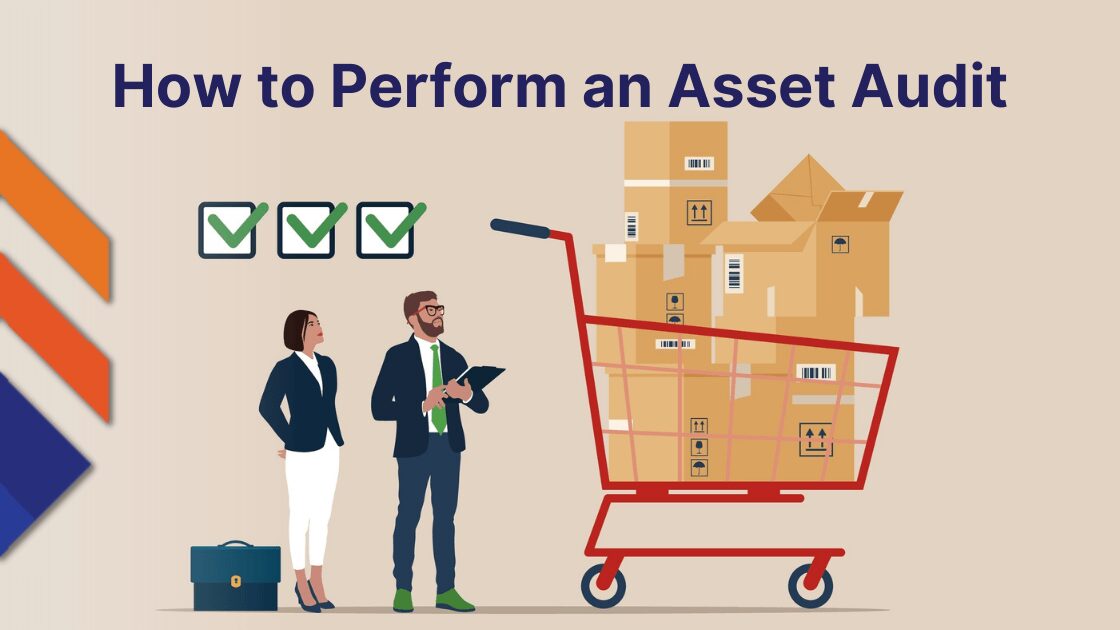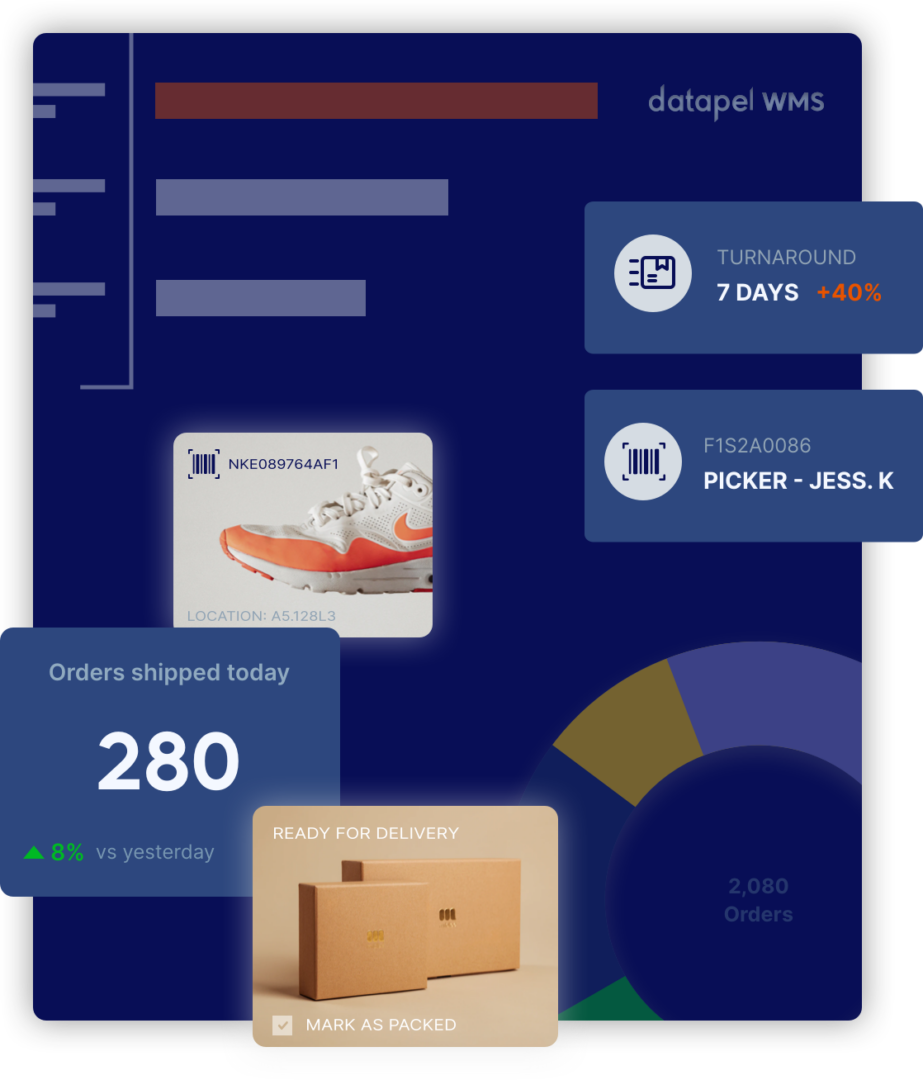Performing an Asset Audit: Tips and Tricks for Businesses
Contents
Do you know the true value of your company’s assets? If not, it’s time to conduct an asset audit.
An asset audit is a thorough review of all the physical and non-physical assets owned by a company. The process helps companies understand the value of their assets and identify opportunities for improvement.
In this article, we’ll discuss the steps involved in conducting an asset audit and provide tips to make the process more effective.
How to conduct an asset audit

Step 1: Define Your Objectives
Before conducting an asset audit, it’s essential to define your objectives. Determine what you want to achieve through the audit. For example, you might want to:
- Determine the current value of your company’s assets
- Identify opportunities to reduce costs or increase efficiency
- Ensure compliance with regulatory requirements
Defining your objectives will help you focus your efforts and ensure that you get the information you need to make informed decisions.
Step 2: Gather Information
Once you’ve defined your objectives, the next step is to gather information. Start by creating a list of all the assets your company owns. Include both physical assets, such as equipment and buildings, and non-physical assets, such as intellectual property and customer lists.
To gather the necessary information, you may need to consult with various departments within your organization, such as IT, finance, and legal. You may also need to review contracts and agreements to ensure that all assets are properly documented.
Step 3: Assess the Value of Your Assets
After gathering information, it’s time to assess the value of your assets. This step involves determining the current value of each asset and assessing its future value. To determine the value of physical assets, you may need to consult with appraisers or other experts.
For non-physical assets, you may need to analyze market trends and other data to estimate their value.
Step 4: Identify Opportunities for Improvement
The final step is to identify opportunities for improvement. Based on the information gathered during the audit, you should be able to identify areas where you can reduce costs or increase efficiency.
For example, you may discover that you have duplicate assets that can be consolidated or that you can save money by renegotiating contracts.
Tips for Conducting an Effective Asset Audit

- Assign a dedicated team to oversee the audit process
- Use technology to streamline the process
- Ensure that all assets are properly documented
- Regularly update your asset inventory to ensure accuracy
- Use the information gathered during the audit to inform decision-making
Let’s talk benefits…
Well, an asset audit provides significant benefits for inventory management. Here are some of the ways that an asset audit can help you improve your inventory management:
1. Accurate Asset Valuation
An asset audit helps you accurately value your assets, including inventory. Understanding the current value of your inventory means you can make informed decisions about pricing, restocking, and other inventory-related activities.
2. Identification of Inventory Discrepancies
Identify discrepancies in inventory counts, which can also help you identify areas where inventory management processes may be lacking. By addressing these discrepancies, you can improve the accuracy of your inventory counts and reduce the risk of stockouts or overstocks.
3. Streamlined Inventory Processes
Streamline your inventory processes, such as ordering, receiving, and stocking through asset audits. Identify areas where processes can be improved so you can reduce costs and improve efficiency.
4. Improved Inventory Tracking
Track your inventory more effectively. Inventory that is properly documented reduces loss due to theft, damage or misplacement.
5. Compliance with Regulations
An asset audit will help you ensure that you are in compliance with various regulations governing inventory management. For example, companies may need to comply with regulations related to hazardous materials or controlled substances.
Better Asset Audits with Inventory Management Software

Inventory management software can greatly improve asset management audits by providing a centralized system to track and manage inventory. Here are some of the benefits of using inventory management software for asset management audits:
- Real-time Tracking: Inventory management software allows you to track inventory in real-time, giving you an accurate and up-to-date view of your assets. This makes it easier to identify discrepancies and ensure that all inventory is accounted for.
- Automation: Inventory management software can automate many inventory-related processes, such as receiving, picking, and shipping. This reduces the risk of human error and ensures that inventory is managed efficiently.
- Cost Savings: By streamlining inventory processes and reducing the risk of errors, inventory management software can help you save money. This can include reducing the need for manual labour and avoiding stockouts.
- Analytics and Reporting: Inventory management software provides valuable analytics and reporting capabilities. This allows you to identify trends and make data-driven decisions about inventory management.
- Integration with Other Systems: Inventory management software can be integrated with other systems, such as accounting software, point-of-sale systems and eCommerce platforms. This allows you to streamline operations and improve overall efficiency.
Inventory management software can greatly improve asset management audits by providing businesses with real-time tracking, automation, cost savings, analytics and reporting, and integration with other systems.
By using inventory management software, you can achieve greater success and reduce costs associated with inventory management. Talk to Datapel today to find out how we can help you achieve your goals.

In my role, I oversee the development of insightful blogs that delve into the intricacies of warehouse management. Each piece reflects my dedication to empowering businesses through informative content. Through my team’s extensive experience in the industry, we aim to bring clarity to the complexities of WMS, helping businesses make informed decisions.
Join me on a journey through the ever-evolving landscape of warehouse technology as we explore the latest trends, industry insights, and practical tips to streamline your operations. Feel free to connect, and let’s embark on a collaborative exploration of how WMS can redefine your business efficiency.
Cheers to innovation, efficiency, and the exciting world of warehouse management!







